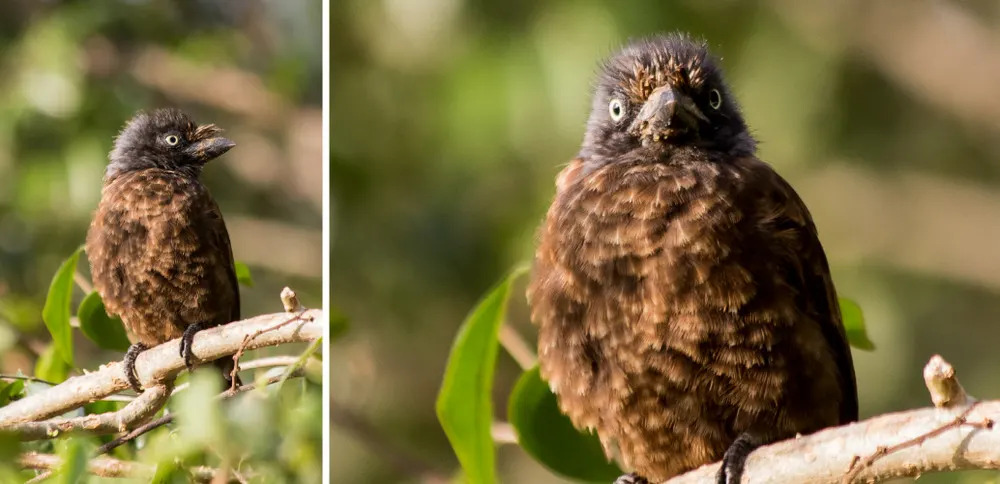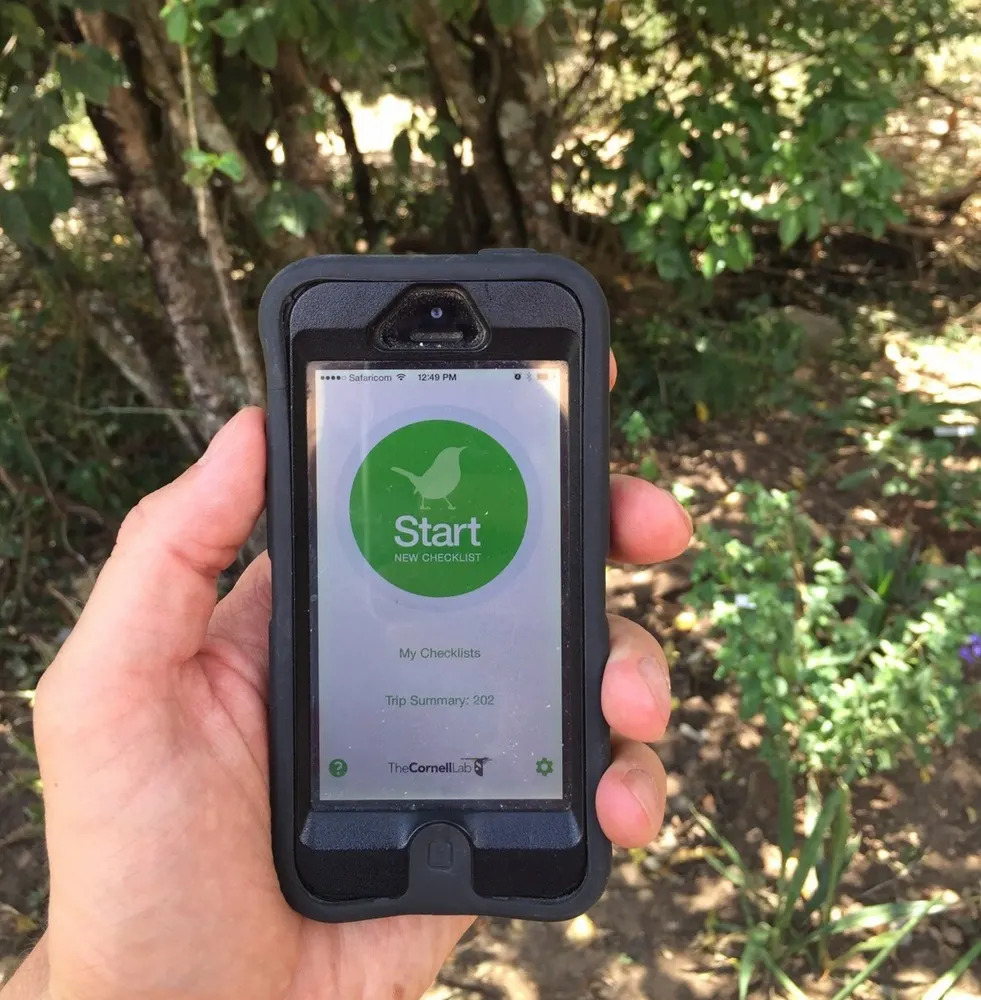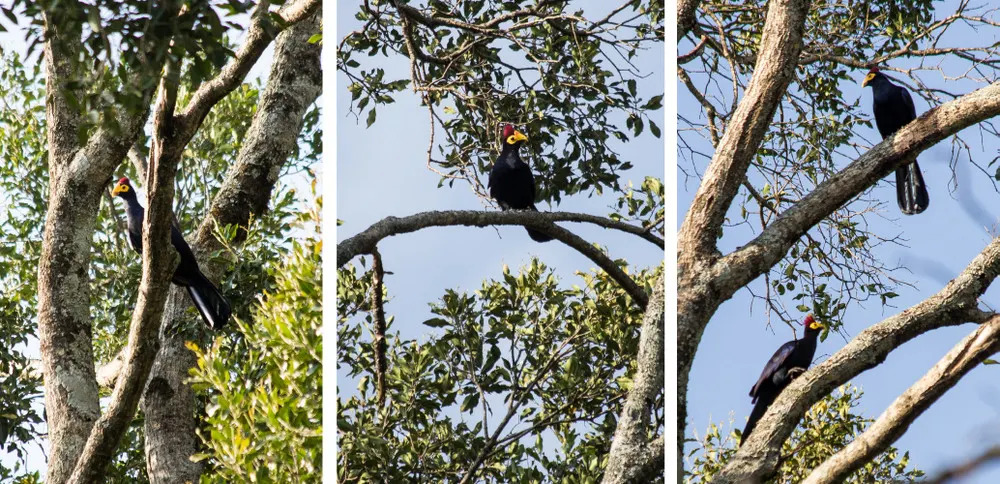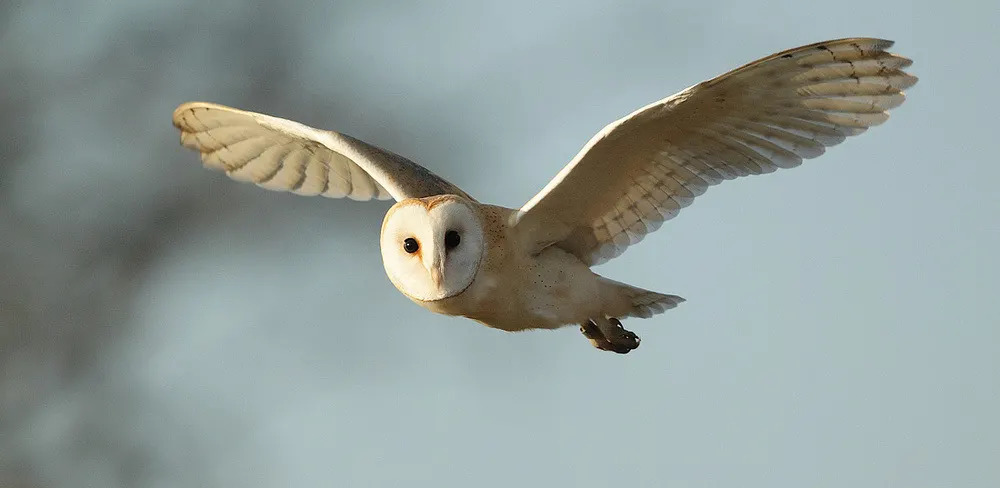Citizen Science takes Birding Global at Angama Mara
7 October 2015 | The Mara | Tyler Davis
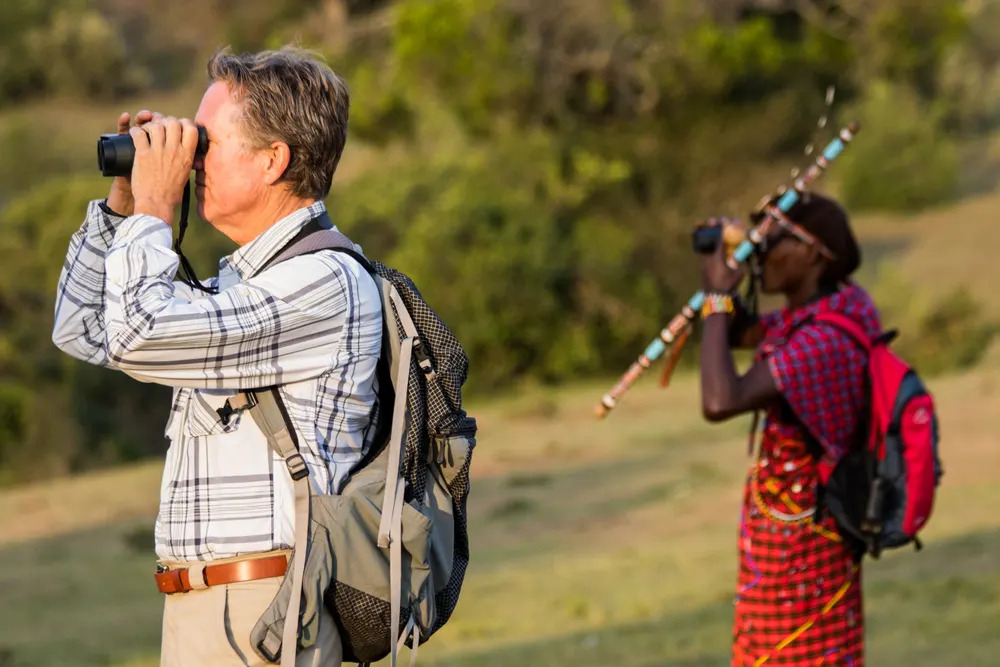
For generations, to be a scientist was something you either chose as a career or practiced for fun as an amateur in your basement or backyard. There are obviously many notable exceptions – Gregor Mendel, Michael Faraday, and William Herschel come to mind – but the reality is that the majority of amateur science historically has been for personal enjoyment only without much contribution to the greater scientific world.
This is rapidly changing thanks to the blistering pace at which our ability to share, store and organise information is growing. Myriad websites and apps, accessible from the ‘god-box’ in almost all our pockets, now means that anyone with internet access can submit valuable data for collection and organization by larger and more capable entities.
This type of crowdsourcing is known as citizen science and allows regular hobbyists to make meaningful contributions to scientific endeavours. From astronomy to technology, much of what we’re learning today is the result of an increasing number of platforms available for non-professional scientists to share their findings with other like-minded individuals and make this information public.
A remarkable example of citizen science is the online database eBird, a joint effort between the Cornell Lab of Ornithology and the National Audubon Society. For more than 12 years, eBird has been collecting data, primarily in the form of checklists, from birdwatchers all around the world. More than a quarter of a billion observations have been submitted thus far. This number is ever on the increase offering the ornithological community invaluable information regarding global bird distribution and abundance, as well as insight into population trends, migration and even the effects of climate change.
One of the functions of eBird is to identify global hotspots of avian diversity or importance and Angama Mara achieved this distinction in November 2014. Since then, numerous checklists have been submitted and we are already gaining a clearer picture of which species are resident and which are seasonal, and how common they are. We have even uncovered a population of the African or Blue-mantled Crested-Flycatcher (Trochocercus cyanomelas) previously unknown to our region. Though common throughout parts of Southern and East Africa, the nearest that this species was known to occur was west of Lake Victoria or east of Nairobi.
We’ve also discovered that the Oloololo Escarpment on which we are perched is an unusual locale home to a unique blend of habitats. Scarp-loving species such as Cliff Chat and Little Rock-Thrush can be seen in the same field of view as birds better known from western forests, such as Ross’s Turaco, Joyful Greenbul, and Grey-throated Barbet. And there’s a good chance that nowhere else in the world can you find a Red-throated Tit (endemic to acacia woodlands of southern Kenya and northern Tanzania, generally from 1000-1600m) alongside White-headed Woodhoopoes (a highland forest species typically found from 2000-3000m).
With almost every birding foray, the list continues to grow; just yesterday morning, I observed Angama’s 201st species as a Barn Owl screeched overhead. Where will we be at the one-year mark of Angama Mara becoming an eBird hotspot in November 2015? Your guess is as good as mine, but with our guests’ participation, the significance of citizen science continues to grow and become more impressive – as does our list!


